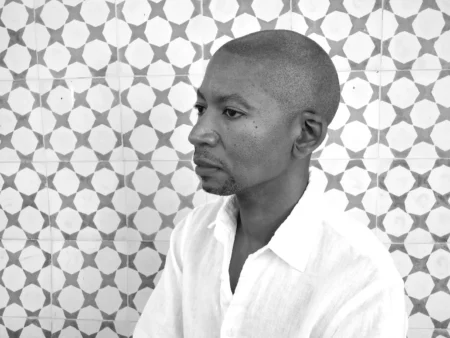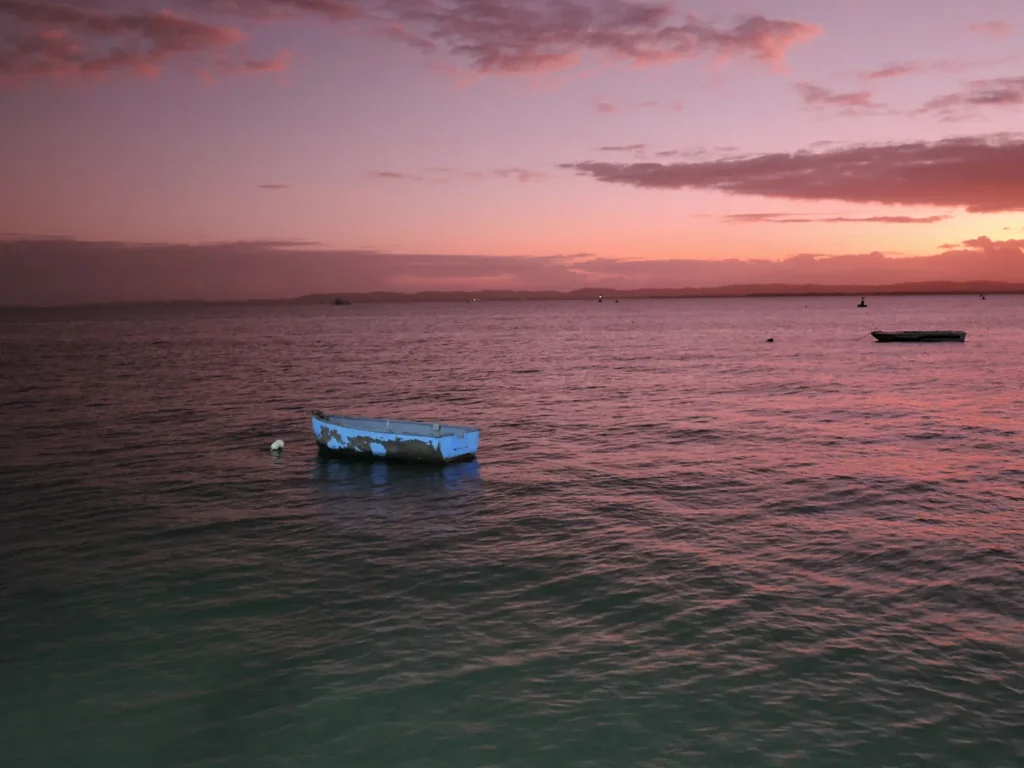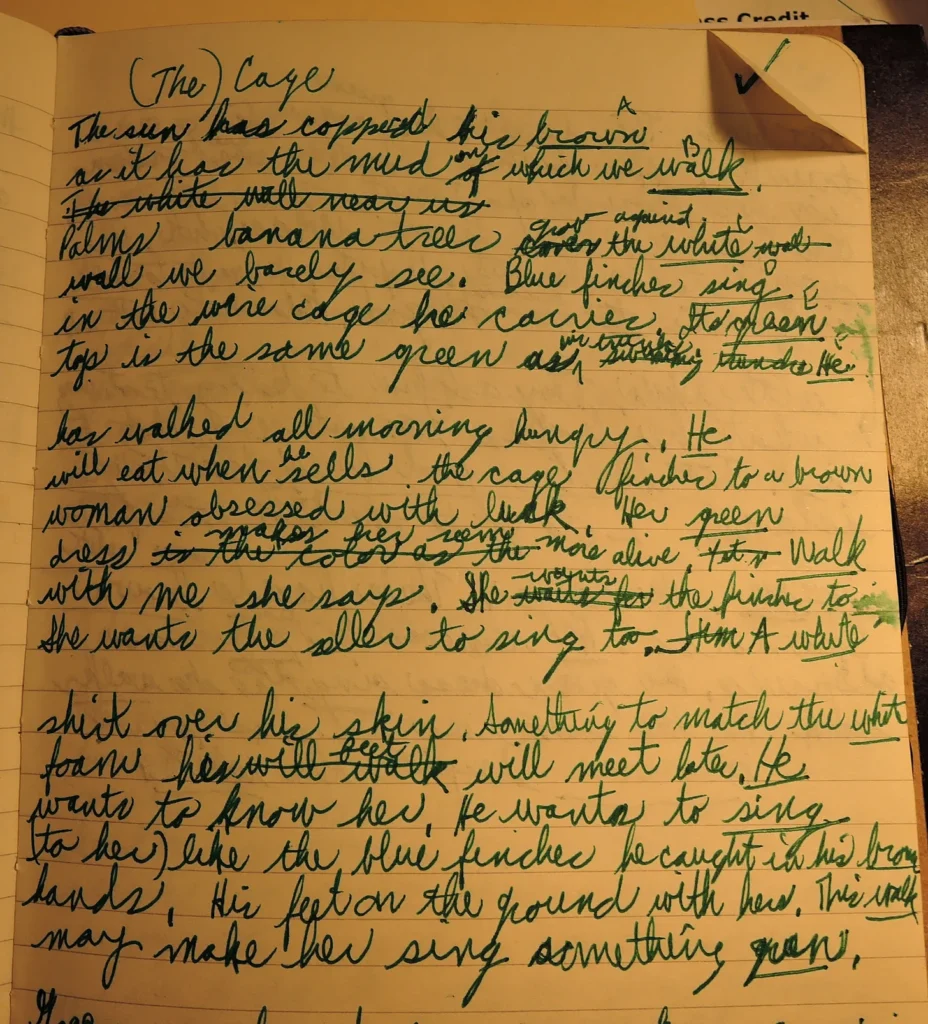10 Questions for Myronn Hardy

The sun has coppered his brown
as it has the mud on which we walk.
Palms banana trees grow against the white
wall we barely see. Blue finches sing
in the wire cage he carries. Its green
perch is the same green as his trunks.
—from Myronn Hardy’s “The Cage” (Volume 66, issue 3)
Tell us about one of the first pieces you wrote.
I can tell you about my poem, “Mosquito.” I remember visiting my grandparents’ farm in Arkansas and being destroyed by mosquitoes. They were everywhere but specifically kept buzzing in my ears. I remember giving myself up to them, sitting on the damp ground in the tomato field and writing a draft of the poem. I was thinking about that moment, the history of the place, memories of it, stories my grandparents had relayed to me, and the life I was making outside of them. The poem is collected in my first book. I was going to leave it out, but my editor told me I had to leave it in book. So, I did. And I’m glad he suggested I do so.
What writer(s) or works have influenced the way you write now?
Lucille Clifton, Rainer Maria Rilke, Gabriel Garcia Marquez.
What other professions have you worked in?
I work currently in academia. In the past, I’ve been a landscaper. And I’ve briefly dabbled in journalism.

What did you want to be when you were young?
I wanted to be an architect or an astronomer. My secret was wanting to be a writer but couldn’t comprehend its feasibility. I didn’t know any writers. The possibility of writing existed in my dreamlife.
What inspired you to write this piece?
“The Cage” made itself know to me in Brazil. On a muddy street, I saw a man carrying a bird in a cage. That image stayed with me. After a few weeks, I began writing the poem.
Is there a city or place, real or imagined, that influences your writing?
I lived in North Africa for nine years. It has reconfigured how my imagination functions. It asks it and me to be more generous. To look, to see, to consider that which is underneath the underneath.
Is there any specific music that aids you through the writing or editing process?
When I’m writing or editing, I don’t listen to composed music because I’d focus on the music, not the writing. But I do like to hear sounds of the natural world: sparrows, wind among leaves, the sea’s waves.
Do you have any rituals or traditions that you do in order to write?
I wake up before dawn and write everything out by hand and in green ink. I like the first light to meet my hand, the paper, the pen.

If you could work in another art form what would it be?
Another art form I’d like to work in, if I could, would be visual art. My attempt in making language is to be vastly visual, or I like to think so. Often, after writing several drafts of a poem that isn’t coming together, I sketch it. If I can see it visually, draw it out, it helps me understand where the language needs to go.

What are you reading right now?
I’m reading: The Rebel’s Clinic by Adam Shatz, Obit by Victoria Chang, Sputnik Sweetheart by Haruki Murakami, One Day, Everyone Will Have Always Been Against This by Omar El Akkad, and The Poet’s Freedom by Susan Stewart.
MYRONN HARDY is the author of, most recently, Aurora Americana (Princeton University Press). His poems have appeared in the New York Times Magazine, Ploughshares, POETRY, The New Republic, The Georgia Review, The Baffler, and elsewhere. He lives in Maine.




